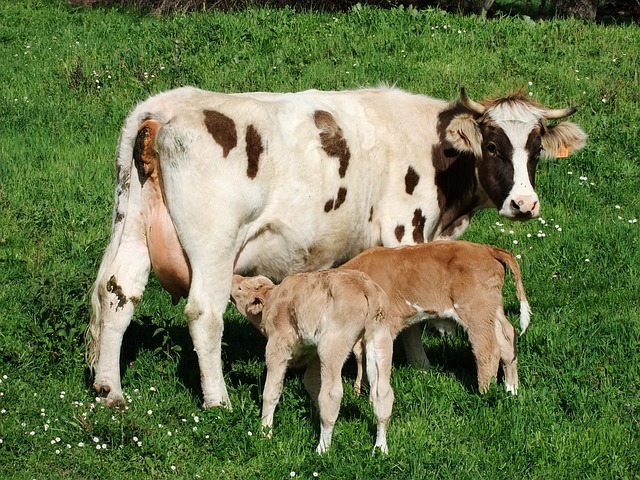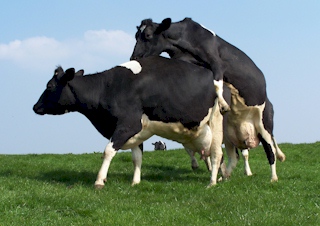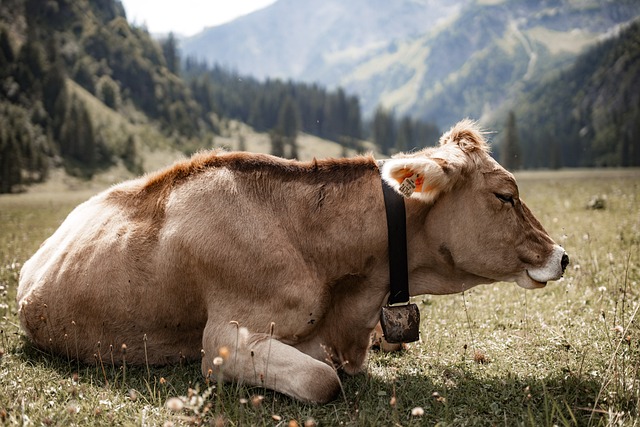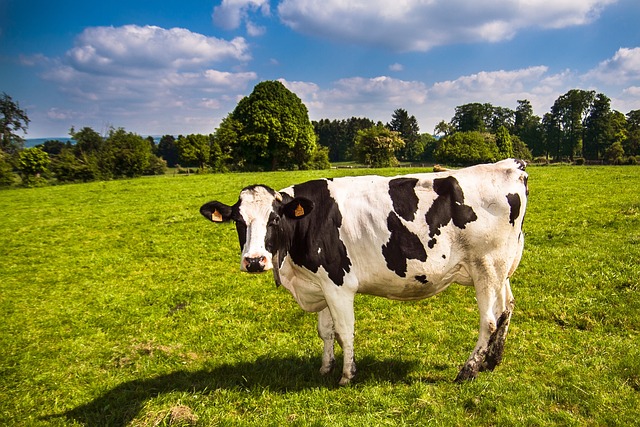One of the most significant challenges affecting herd fertility is poor heat detection and incorrect timing of insemination. Accurate timing of insemination is crucial for improving fertility rates. This article explores the intricacies of ovulation, the importance of precise timing for artificial insemination (AI), and the common causes of repeated insemination attempts. Additionally, it addresses the factors contributing to calving difficulties and offers guidelines for proper insemination timing.
Understanding Ovulation and Heat Detection
Ovulation in cows typically occurs 24 to 30 hours after the onset of standing heat, a period during which a cow will stand to be mounted by other cows. Standing heat generally lasts for about 12 to 15 hours. Therefore, for the average cow, ovulation happens approximately 10 to 16 hours after she goes out of heat. Accurate detection of this period is essential because insemination should ideally occur 8 to 10 hours before ovulation. This timing allows the sperm adequate time to travel to the oviducts and undergo capacitation, a vital process that takes six to eight hours and prepares the sperm for fertilization.
Key Factors Leading to Repeated Insemination
Several factors can result in the need for repeated insemination attempts, thereby reducing overall fertility rates within the herd. These include:
1. Inadequate Nutrition: Proper nutrition is fundamental for maintaining reproductive health. Deficiencies or imbalances in essential nutrients can adversely affect estrus cycles and overall fertility.
2. Hormonal Imbalance: Hormonal imbalances can disrupt the normal estrus cycle, leading to irregular heat periods and making it challenging to detect the optimal time for insemination.
3. Poor Heat Detection: Inefficient heat detection is a significant issue. Missing the signs of estrus or misinterpreting them can lead to incorrect timing of AI.
4. Poor AI Service: The skill and experience of the technician performing the AI procedure are crucial. Inadequate technique or improper handling of semen can significantly reduce the chances of successful fertilization.
Guidelines for Effective Insemination Timing
To maximize the chances of successful insemination, dairy farmers should adhere to the following guidelines:
- If a cow is observed in heat before 6 am, she should be inseminated on the same day.
- If a cow is observed in heat after 6 am, she should be inseminated the following day.
By following these guidelines, farmers can ensure that the timing of insemination aligns with the cow’s ovulation cycle, increasing the likelihood of successful conception.
Addressing Calving Difficulties
In addition to fertility issues, dairy farmers must also be aware of the factors contributing to calving difficulties, which can affect both the cow and the calf’s health. Common causes include:
- Nutrient Imbalances: Proper mineral and vitamin levels are essential for healthy pregnancy and delivery. Deficiencies can lead to complications during birth.
- Hormonal Insufficiencies: Hormones play a critical role in regulating pregnancy and labor. Insufficiencies can delay or complicate the birthing process.
- Fatty Cows: Overweight cows often experience more significant difficulties during birth due to excessive fat deposition around the reproductive organs.
- Death of Fetus: The death of a fetus in utero can lead to complications during delivery, necessitating veterinary intervention.
- Immature Birth: Premature births can be challenging, as the calves are often underdeveloped and may require special care to survive.
Conclusion
Fertility in a dairy herd requires attention to heat detection and the precise timing of artificial insemination. By adhering to recommended insemination guidelines, farmers can significantly improve conception rates. Additionally, addressing nutritional and hormonal needs, ensuring proper AI techniques, and managing cow health can mitigate the risk of repeated insemination and calving difficulties.





